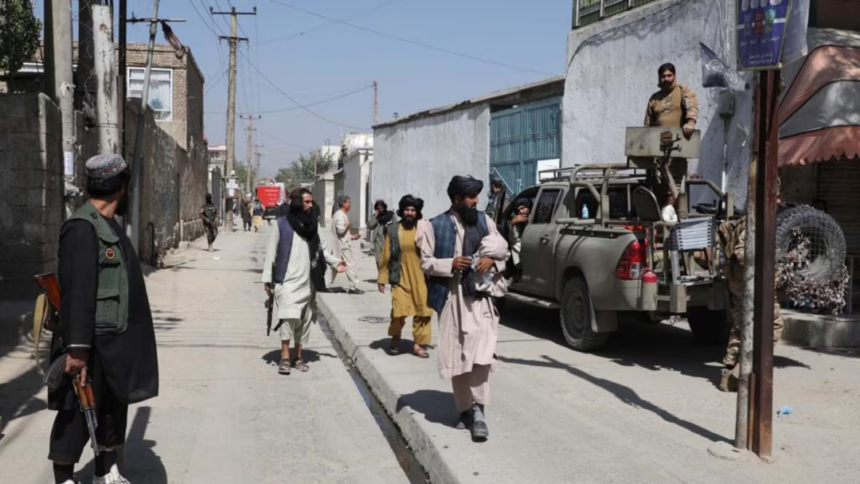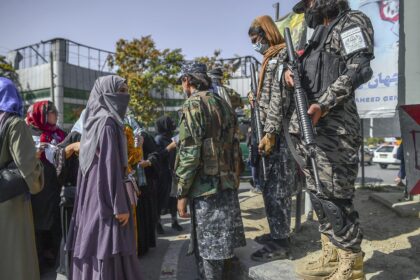RASC News Agency: For four years, the Taliban have clung to their central propaganda line: that their takeover of Afghanistan ended the decades of insecurity and ushered in an era of nationwide stability. Yet the latest findings from the United Nations, reinforced by independent monitoring, strip away that facade. Far from peace, Afghanistan under Taliban rule has descended into a vortex of violence, instability, and renewed terrorist activity. According to the UN’s quarterly assessments, from August 15, 2021, to June 10, 2025, the country witnessed an astonishing 24,882 security incidents. Of these, the so-called Islamic State Khorasan Province (ISKP) alone claimed responsibility for 379 deadly attacks. On the very day marking the Taliban’s four-year rule, the UN released a report documenting 1,369 civilian deaths and 3,273 injuries during this period figures that expose the hollowness of Taliban promises and reveal the profound human cost of their governance.
The report also confirms that armed resistance has not been extinguished, contrary to Taliban claims. The National Resistance Front (NRF), led by Ahmad Massoud, mounted at least 255 attacks, while the Afghanistan Freedom Front (AFF), commanded by former Afghanistan’s army chief Yasin Zia, carried out more than 102 operations. Other groups, including the National Sovereignty Front and the Afghanistan Freedom Movement, remain active despite Taliban denials of their existence. These figures demonstrate that the country is far from pacified; instead, it remains a battleground of insurgency and repression. Perhaps most alarming is the confirmation by the UN Security Council’s Analytical Support and Sanctions Monitoring Team, which warns that Taliban-ruled Afghanistan has once again become a safe haven for international terrorism. ISKP maintains an estimated 2,000 fighters within Afghanistan’s borders and is now considered one of the most dangerous terrorist threats worldwide. Meanwhile, al-Qaeda has established multiple training camps across the country, with some reportedly providing instruction to militants from Tehrik-e-Taliban Pakistan (TTP). Such findings dismantle the Taliban’s repeated assertions that they have contained terrorism and highlight their complicity in allowing extremist networks to flourish.
Even the Taliban themselves have not escaped the violence. ISKP has assassinated a number of senior Taliban leaders over the past four years, including Khalil-ur-Rahman Haqqani, former minister of refugees; Daud Muzammil, former governor of Balkh; Nisar Ahmad Ahmadi, acting governor of Badakhshan; Safi Samim, police chief of Baghlan; and Hamdullah Noorzai, a prominent Taliban commander. These killings underscore that the Taliban’s supposed monopoly on power is fragile, their grip on security illusory. Despite this overwhelming evidence, the Taliban continue to issue empty reassurances. Their spokesmen dismiss ISKP as a marginal force, claiming that only “one to two percent” of its fighters remain scattered in remote mountainous terrain. Such rhetoric not only insults the intelligence of the Afghanistani people but also attempts to obscure the mounting alarm of the international community, which increasingly views Afghanistan as a re-emerging hub of global terrorism.
The contrast is stark: while the Taliban project an image of control, the reality documented by the UN is one of chaos, insurgency, and transnational extremism. Ordinary Afghanistanis bear the brunt of this deception living in fear, mourning civilian casualties, and enduring the collapse of any semblance of public safety. Four years into Taliban rule, Afghanistan is not a country at peace; it is a nation abandoned to insecurity, where the very regime claiming to be its guardian is in fact the architect of its vulnerability.






